The bosses usually do not know what is included in the inventory and household supplies of a large enterprise, and do not even think about it. And it is not surprising, because in a rather large company this category of positions numbers in the tens of thousands - and these are just names, and there are more copies to be recorded. But the accounting department is obliged to keep an account on 10.09, reflect inventory and household supplies on it in a timely and complete manner, in order to avoid discrepancies and false data on the state of the organization’s property. To keep records correctly, you need not only quantity data. It is important to know what applies to inventory and household supplies.
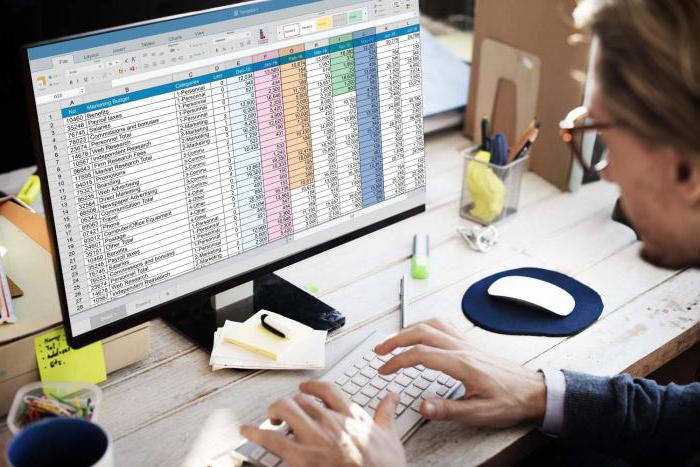
Accounting, control and theory
What to consider an accountant, if you need to figure out how to write off inventory and household supplies? From the current accounting rules it follows that the inventory includes working capital. It is customary to classify here a variety of property that meets one or more criteria:
- the position is used for a year or less;
- a set or unit costs an amount not exceeding 50 times at the time of purchase of the minimum wage.
According to the current rules, the head of the organization has the power to set a small limit on the value of positions subject to accounting in a given reporting time period. This means that even inexpensive products, if the appropriate order of the managing personnel has been received, will have to be taken into account, maintained, written off according to the rules by which the accounting department processes all production and household equipment and accessories.
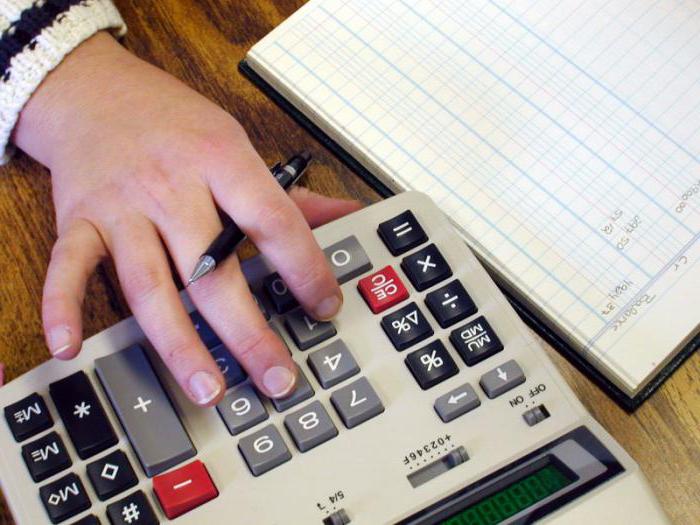
Exceptions and Rules
There are such groups of products that are classified as inventory and household accessories, in operation and accounting are carried out according to the rules and standards adopted for this category, and do not pay attention to the duration of the operational period, price. This is about:
- special devices, tools (intended for specific purposes, production of products, including those on an individual project);
- special, sanitary items of shoes, clothes;
- inventory of the dining room, kitchen, including the laundry used here;
- replacement equipment proposed for operation for a period of less than 12 months;
- equipment used for fishing (gear, trawl, etc.);
- office;
- bedding;
- temporary structures, devices, whose cost is included in the cost of some works on the construction, installation of objects.
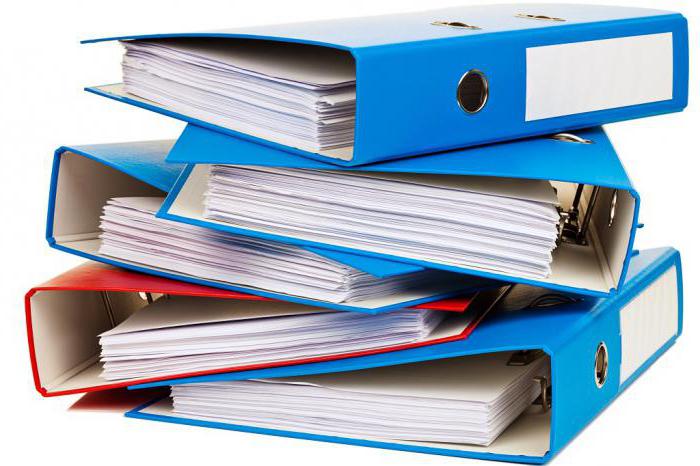
How it works?
Conducted in accordance with generally accepted rules, accounting of inventory and household supplies involves a countdown of the life from the moment when the product was released from the warehouse to the production department. This is documented by a financially responsible official. Positions are released directly to the workplace.
The list of issuance of inventory and household supplies contains an indication of who was responsible for the storage of items in the warehouse, in whose name the product is delivered to the production department. This person is responsible for maintaining the equipment in a safe, normal state. In order for a person to be responsible for the safety of the positions entrusted to him, it is necessary to conclude a special agreement regulating material liability. This is done in accordance with the laws of the country. The procedure for documenting relationships within an organization is taken into account.
We’ll check everything!
Sooner or later, any enterprise will have to take an inventory. During this event, the availability of all that is in the accounting databases is necessarily analyzed, and the useful life of the inventory and household accessories is checked to write off what the period of operation has expired.

The main task of the inventory is to check the availability, assess the condition of the positions indicated in the documents, and also officially formalize with the appropriate papers an assessment of the positions or the absence of certain products, inventory. Do not do without an inventory if you need to draw up an annual report. The event is mandatory if the company changes the materially responsible person or it is discovered that some positions have been stolen, damaged. There are also a number of other situations in which a planned or unscheduled inventory is carried out. For the proper organization of the event, the management team issues an order for the inventory commission, which indicates not only the positions of all those responsible for the event and who are directly involved in it, but also lists everyone by name. In order to carry out the check correctly, the persons indicated in the order must know exactly what is related to the inventory and household supplies.
We optimize the work
The better the organization keeps an inventory of inventory and household supplies, the more correctly organized systems for storing positions, the less losses will be. So that safety and security are at their best, they develop and put into practice the labeling of products at the company's disposal. Thus, it is necessary to mark clothes, shoes, bedding, cutlery - in a word, all products sent from the warehouse to operation.
Typically, the inventory and household supplies are produced using the symbols that are applied to the products. For marking use symbols, company name. You can apply data using various methods. Somewhere they write with paint directly on the surface of the object, somewhere they stick and sew tags with identification information. You can hack data, mount tokens, and use other methods. The main task of marking is to make it so that data on the subject is not lost. That is, for example, when attaching the token, you need to set it so that even after a year the mark is in place. If such marks are lost, this creates difficulties in the inventory and leads to the fact that the accounting of inventory and household supplies becomes inaccurate.
We take into account and store correctly
Accounting inventory and household supplies is designed to give bookkeeping, and through them - to the management team - accurate data on the availability of positions at the organization’s disposal. It is important that the information is up-to-date, correct, as it is used to make managerial decisions, including financial ones. At the same time, accounting is conducted not just by the number of positions, but with information about who is responsible for a particular product, which item number is assigned to the position.
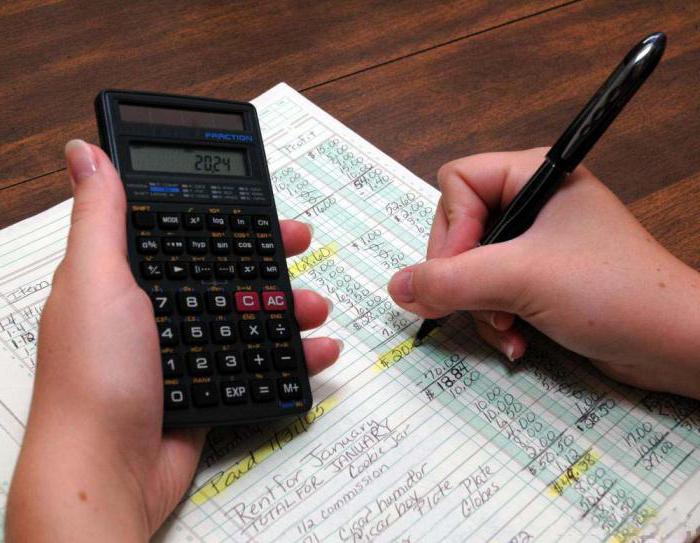
If the company accepts the supply of new equipment, inventory, moves positions between responsible persons, units, then the working condition in the accounting system should change in a timely manner, reflecting what is happening in the organization. It is important to consider the transition from stock to active operation, back. The accounting system ideally contains accurate data on damage, liquidation, breakdown of products used as inventory. In addition to reflection in an electronic database, you need to draw up documentation for all operations.
Special occasion
The laws of our country say that equipment and household items include such devices, tools, in the production of which precious metals and diamonds were used.If some product is created in this way, contains precious metals, diamonds, then accounting must be kept based on the rules developed and implemented by the Ministry of Finance.
We release and check
About what relates to inventory and household supplies, it has already been said above: stationery, bedding, fishing gear, construction equipment, etc. But you should remember this feature: you can’t take and send as many positions as you like or requested from the warehouse to the production department at any time. Within any organization, official documents should regulate what is the limit of inventory released by the warehouse. Standards are introduced for all tools at the disposal of the company. This applies to the general purpose category.

The receipt from the warehouse of accessories, tools, delivery of worn out, unsuitable for operation, return of positions to the warehouse should be accompanied by documentation of operations. Documents generated in this case are called primary.
How do we make paper?
The primary documentation is used in the documentation of operations on the arrival and release of products from the warehouse as follows:
- first, receipt from the warehouse is executed through invoices, fence cards, taking into account the limits;
- the return is accompanied by invoices, cards;
- delivery of worn-out, unusable tools, scrap, scrap is made out by waybills.
In order to initially issue some items from the warehouse, you need to have fence limit cards drawn up on them. An alternative is an invoice statement. A personal inventory card is entered, where full data about the operation is entered. The face card is kept in one copy for the installer, the worker who is given the position. Each time an employee receives tools from a warehouse, he signs in the space provided for this, confirming receipt of the product.

In the future, operations for the delivery and return of inventory, if the products used by employees are worn out, are not officially registered. Unsuitable tools are seized; instead, they are given personnel applicable in their work. For the operation to be official, an act of disposal must be made.
Getting rid of excess
Some products listed in accounting, in reality, cannot be used as inventory or household items. This is due to wear, breakage, loss. In order for the accounting to be correct and reflect the real state of affairs, it is necessary to regularly organize the writing off of materials. According to the current accounting rules, cancellation is possible in the following cases:
- obsolescence of the product;
- expiration of the operational period, storage time, shelf life;
- detection of loss, shortage, including situations provoked by accidents, natural disasters;
- detection of unaccounted for positions.
Write-off of inventory is executed according to the standard form 39P. Thus, you can write off any inventory, household supplies:
- special shoes, clothes;
- safety products;
- items of long-term operation.

If some items are classified as scrap and sent as such “trash” to the company’s storerooms, they also draw up 39P. The act forms the commission responsible for cancellation, established by an internal order of the chief executive officer. One copy of the document is enough. When the items actually end up in the pantry, the documentation is sent to the Central Bank, after signing with the storekeeper who received the product.
“Everything flows, everything changes ...”
Not in vain about this, even the song was written - in our world, and really everything changes regularly. This is especially noticeable according to the standards and rules of the workflow. What was right a couple of years ago is now considered fundamentally wrong or not optimized.The changes affected the definition of the concept of “inventory”, and with it household supplies. Everything was revised - what belongs to this category, how to take into account how to control changes in the company's property. Perhaps the most important result of all the changes made is the main accounting rule, namely, reflection should be made on account 1080.
Such legal regulation has appeared recently. A few years ago it was considered correct to keep the “Low-value, wearing out positions” account. This included the entire inventory of the organization, it reflected the accessories used in the economic activities of the company. New recommendations on the correct accounting contain a rule to exclude such an account. Since the inventory still needs to be taken into account, it was transferred to account 1080, making it one of the categories of materials.
I twist and twist, I want to confuse
According to current standards, an organization has the right to open accounts on its own initiative, where it is necessary to take stock of equipment, tools, accessories necessary for business activities. The division into groups can be introduced at your discretion, focusing on the role of positions in the work of the company, the purpose of specific products.
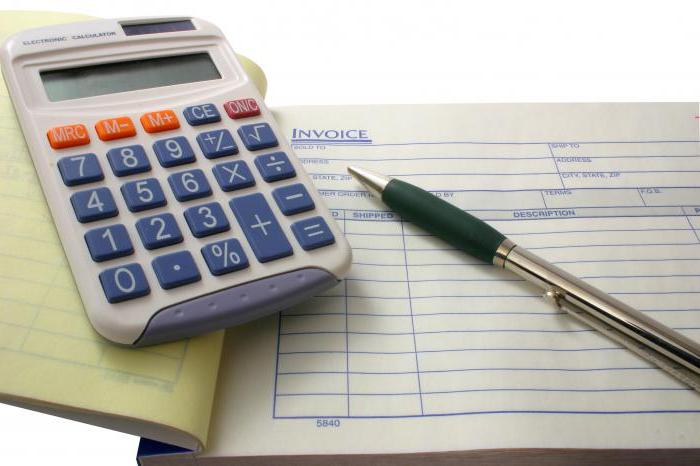
The price of the inventory is included in the general production costs characterizing the time period for the transfer to operation from the warehouse.
But in practice?
How it works? For example: a company has some special tool at its disposal. It is necessary for the full-fledged operation of the production workshop, so it is necessary to organize the transfer of positions. To do this, you will have to make changes in two lights: 2010 (debit), 1080 (credit). Products are debited from the account reflecting the main production, and transferred to one that shows the state of the enterprise’s inventory.
Consider another example: bookkeeping needs a new calculator. Suppose that one has already been acquired, so you just need to pick it up from the warehouse, for this, having completed the operation. This is done like this: they use account 9420 (debit), which reflects the costs of managerial positions, from which the position is transferred to 1080 (credit), showing the status of the items used in the company.

In order for the items currently being operated by the organization to be in order, it is important to correctly issue an account 014. It is classified as off-balance sheet and is responsible for reflecting items already transferred for use to the organization’s personnel. It reflects all production facilities, pantries used by staff. It is from here that the positions are written off when they become unsuitable for normal use. And for this, as indicated above, they appoint a commission, collect it, conduct write-offs, draw up an act of a sample established within the company.
To summarize
What applies to inventory, household supplies? Positions operated up to a year, having a price of up to 50 minimum wages for the region, positions valued at a certain amount specified in the accounting policy of the company. These include clothes, shoes, bedding, cutlery, office, tools applicable in the work process of various departments, divisions, officials. Redemption of the value is carried out taking into account the rules introduced in 2011 by the Ministry of Finance, which are prescribed in the instructions for inventory accounting.